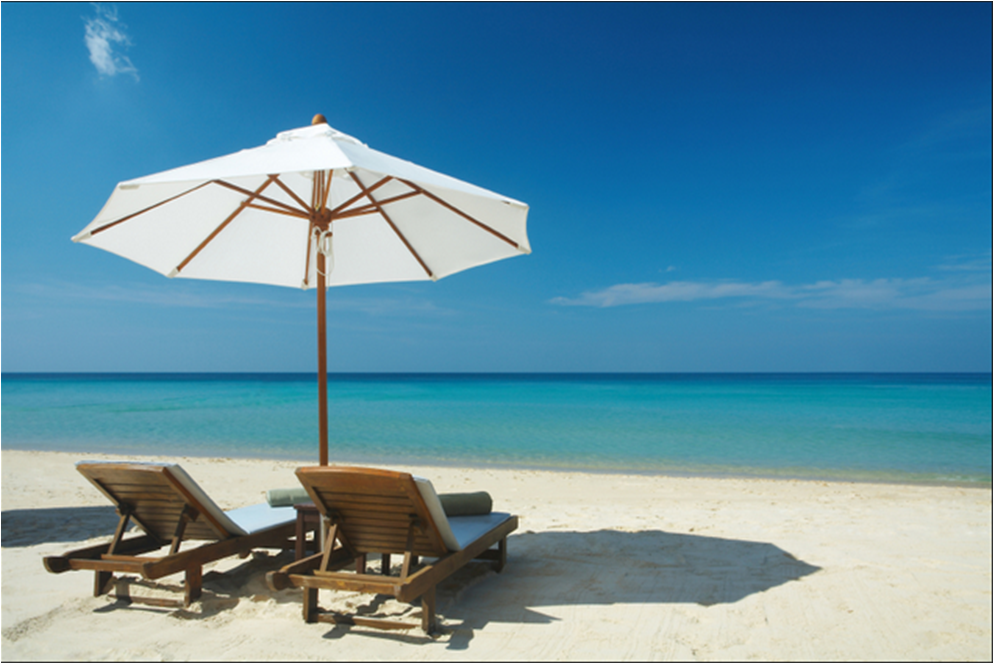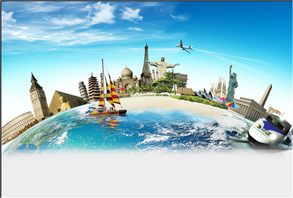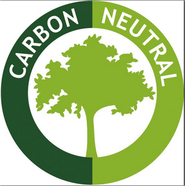Banco De Arboles(BIA)Transforming Tourism
On May 12 th 2014, the United Nations (UN) announced that the United Nations Environmental Programme (UNEP) will soon be hosting a new global, multi-stakeholder initiative "to make tourism worldwide environmentally, socially, and economically sustainable." "The partnership is aiming high," said Achim Steiner, Under-Secretary General for the UN and Executive Director of the UNEP. "The goal is to transform the way tourism operates around the world by seeking out and replicating successful, sustainable policies, projects, and investments."
For many people sustainable tourism is "ecotourism." For BIA ecotourism does embrace the principles of sustainability, it is only one part of many in a much wider concept, a concept that includes not only the goals of conservation and biodiversity, but also the use and management of resources needed by the tourism industry, and the sustainable management and operations of the business of tourism.
The tourist industry is currently growing faster in developing countries than in developed countries, and tourism often contributes a great deal to the economy of poor countries. On a global scale therefore, sustainable tourism is also concerned with third-world economics and poverty. If tourism is managed sustainably it can be a fairly reliable source of foreign exchange earnings, and it can help alleviate poverty and contribute to local and regional development.
Sustainable tourism is also concerned with climate change. According to the UN, if emissions caused by tourism were compared with the emissions of countries, tourism would be the 5th biggest polluter worldwide. A transition to a more sustainable tourism industry would therefore be significant on a global scale. Banco Internacional de Arboles (BIA) suggested a number of mechanisms to reduce emissions associated with travel, by using the travel industry to create awareness by promoting self cuting carbon for travelers, also more ieas including reducing energy use by changing modes of travel, improving energy efficiency at destinations, increasing the use of renewable energy, and/or changing business practices. A variety of forest preservation models has been presented , such as Montaña de Fuego Model in Costa Rica.
BIA and its Hotels Members of the Forest Preservation have already developed over 10 projects, policy tools, methodologies and publications to promote the worldwide development of sustainable tourism and these will also help guide the work of the new partnership.
BIA MODELS AND SOLUTIONS FOR TOURISM INDUSTRY.
For many people sustainable tourism is "ecotourism." For BIA ecotourism does embrace the principles of sustainability, it is only one part of many in a much wider concept, a concept that includes not only the goals of conservation and biodiversity, but also the use and management of resources needed by the tourism industry, and the sustainable management and operations of the business of tourism.
The tourist industry is currently growing faster in developing countries than in developed countries, and tourism often contributes a great deal to the economy of poor countries. On a global scale therefore, sustainable tourism is also concerned with third-world economics and poverty. If tourism is managed sustainably it can be a fairly reliable source of foreign exchange earnings, and it can help alleviate poverty and contribute to local and regional development.
Sustainable tourism is also concerned with climate change. According to the UN, if emissions caused by tourism were compared with the emissions of countries, tourism would be the 5th biggest polluter worldwide. A transition to a more sustainable tourism industry would therefore be significant on a global scale. Banco Internacional de Arboles (BIA) suggested a number of mechanisms to reduce emissions associated with travel, by using the travel industry to create awareness by promoting self cuting carbon for travelers, also more ieas including reducing energy use by changing modes of travel, improving energy efficiency at destinations, increasing the use of renewable energy, and/or changing business practices. A variety of forest preservation models has been presented , such as Montaña de Fuego Model in Costa Rica.
BIA and its Hotels Members of the Forest Preservation have already developed over 10 projects, policy tools, methodologies and publications to promote the worldwide development of sustainable tourism and these will also help guide the work of the new partnership.
BIA MODELS AND SOLUTIONS FOR TOURISM INDUSTRY.






